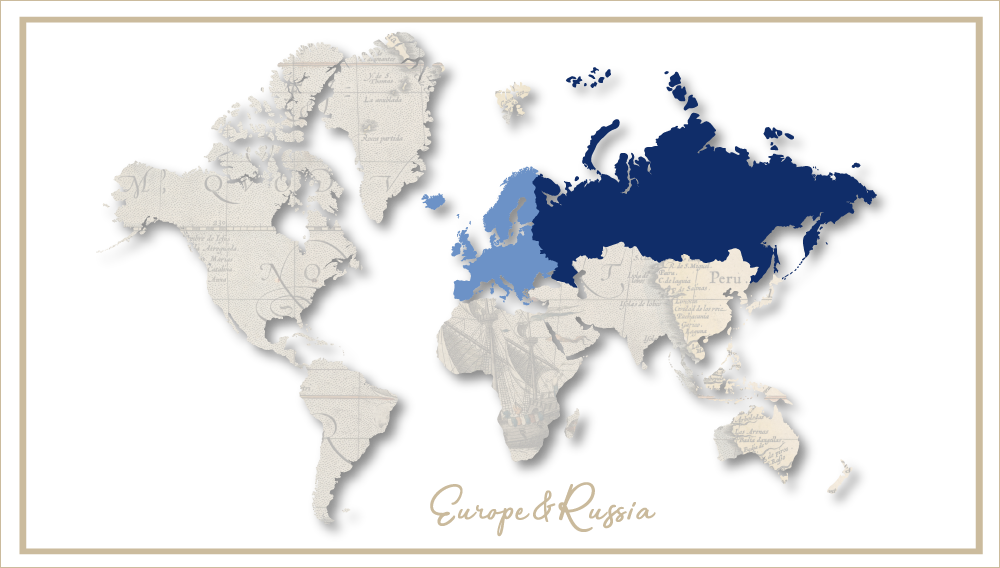Heineken warns of lower profit growth in 2018
Have the good times come to an end? Volatile markets and an acquisition in Brazil prompted the world’s number two brewer Heineken to forecast that its profitability in 2018 would improve by less than the target it had set for the previous three years.
The Dutch brewer had a target of increasing its operating margin by 40 basis points (or 0.4 percent) per year between 2014 and 2017 but said it expected this margin to increase by 25 basis points in 2018.
In 2017, Heineken’s margins had in fact expanded by only 14 basis points to 17.2 percent, weighed on by the acquisition of the loss-making Brazilian business of Japanese rival Kirin.
Reporting its 2017 full year results on 12 February 2018, Heineken said that its organic revenue was up five percent as the brewer posted sales of EUR 21.9 billion (USD 26.3 billion), up from EUR 20.8 billion in 2016.
Operating profit was 9.3 percent higher in organic terms, at EUR 3.8 billion (USD 4.6 billion). Net profit was EUR 1.9 billion, an increase of 25 percent over 2016.
Consolidated beer volumes were up three percent in 2017, with all the group’s regions showing growth: Europe grew 0.2 percent, Africa, Middle East & Eastern Europe 4.8 percent, the Americas 3.3 percent and Asia Pacific 8.9 percent.
The European performance was impacted by Polish discounters selling smaller volumes and cool summer weather in the second half.
However, Heineken said it was encouraged by the performance of its new Brazilian unit, the purchase of which made it the second largest brewer in the country behind AmBev.
Heineken has gained in recent years from strong performances in its two largest markets – Mexico and Vietnam.
But it has faced struggles in Africa, notably Nigeria, where weak economic growth and low consumer sentiment have depressed beer consumption.
Heineken was particularly pleased with its craft and variety brand portfolio, which grew in the double digits. Meanwhile, cider volume increased low single digit to 4.9 million hl (2016: 4.8 million hl). Low and No-Alcohol volumes increased by low single digit, delivering 12.5 million hl (2016: 12.4 million hl).


